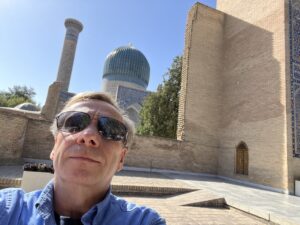 Another year has passed at the speed of travel, which if my time sense is correct is somewhere between the speed of sound and the speed of light. I’m always shocked to reach December only to wonder what happened to the first eleven months of the year. At least this year, travel-wise, was back to some sense of normality. To quote my old TV psycho-complement, Monk, “Here’s what happened.”
Another year has passed at the speed of travel, which if my time sense is correct is somewhere between the speed of sound and the speed of light. I’m always shocked to reach December only to wonder what happened to the first eleven months of the year. At least this year, travel-wise, was back to some sense of normality. To quote my old TV psycho-complement, Monk, “Here’s what happened.”
In what seems to have become a trend, my travel year started slowly. January through March are always intensely busy, both with catching up on everything I didn’t finish the previous year and with Abraham Lincoln-related events. This year I was especially busy giving presentations, doing radio and podcast interviews, and fielding questions from reporters related to my book, Lincoln: The Fire of Genius. More on that in my annual writing post coming soon. The bottom line is that I didn’t travel much in the first quarter.
All that changed in April as the proverbial (not literal) dam burst. Of the thirty days in April, I was home for only six of them. Early in the month I took a road trip up through New England to investigate many of the stops Lincoln made on his two visits to the region. He had given a dozen lectures in Massachusetts in 1848 between sessions of his single term as a U.S. Congressman, mostly stumping for the Whig nominee for president, Zachary Taylor (Spoiler: Taylor won). Lincoln returned in February of 1860 immediately after his Cooper Union speech in New York City. While originally planned solely to visit his son Robert doing time at Phillips Exeter Academy in New Hampshire (after failing his Harvard entrance exams), the success of Cooper Union led to high demand for him to speak in Rhode Island, New Hampshire, and Connecticut. I visited many of the sites and conducted research for a future project. I also stopped at Hildene – Robert Lincoln’s home in Vermont – and got a VIP tour, then stopped in Peekskill, NY to keynote an annual meeting and pick up an award.
After two days home, which included a webinar one day and hosting a Lincoln Group dinner meeting the next, I was on a plane to Lisbon, Portugal. We had a few days there before boarding a Windstar luxury yacht to Gibraltar, Morocco, many cities in Spain, Barcelona, and a day trip to Andorra. I wrote a bit more about that trip here. It was May 6th before we got home. June was a busy work month, but it was on the road again for the week of July 4th back to New England for family visits and stops at Chesterwood (the studio of Daniel Chester French, sculptor of the Lincoln Memorial Lincoln), The Mount (the writer Edith Wharton’s home), and the Norman Rockwell Museum (to see his portrait of Lincoln, of course).
September had me back on a plane to “The Stans,” more specifically Uzbekistan, Tajikistan, Kyrgyzstan, and Kazakhstan. I met up with a group of people traveling under the Eurocircle moniker, whose leader I had first met a decade ago when my book, Tesla, first came out. This was my fourth trip with her and was happy to see another four people I had met last year on the Tanzania trip. There were eleven of us total who jumped around three major cities in Uzbekistan before spending shorter times in the other three countries. It was an eye-opening experience, as was the single day I had in Istanbul on the way there. [Hint: Turkish Airlines offers free tours if you’re on certain flights with long layovers]
November included the annual Lincoln Forum symposium in Gettysburg, PA, a 3-day collection of a record 350 Lincoln attendees to listen to a collection of some of the greatest Lincoln scholars in the country. Last year (i.e., 2022) I picked up the Wendy Allen Award for the Lincoln Group of DC and gave a presentation on my Fire of Genius book, so this year was slightly less hectic. That said, I did spend time chatting up key leaders of other Lincoln organizations about plans for the 250th anniversary of the Declaration of Independence in 2026. I joined a group of colleagues on the first day out at the Gettysburg National Cemetery examining the camera angles from all the extant photos of the event, including pinpointing the actual location of where Lincoln spoke. That night was headlined by Steve Inskeep of NPR fame. The middle night gave us a concert by Jay Ungar and Molly Mason, whose music you would recognize from the Ken Burns mini-series on the Civil War. The final night featured a great rendition of the Gettysburg Address by actor Graham Sibley and a conversation with the incomparable Pulitzer Prize-winning Doris Kearns Goodwin (Team of Rivals and many others). Two days after returning from Gettysburg, it was on the road again to New England for the third time in 2023, this time for a more relaxed Thanksgiving with family.
Which gets us to December. I do have one more short trip, a few days in Pennsylvania with family, but otherwise the year is done for traveling.
But 2024 is only ten days away. And I have plenty of plans.
Two big trips have already been booked. March will find us on Windstar again, this time on a small sailing ship (140 passengers) in the Caribbean. We’ll start in Panama and spend some time in Colombia before dropping in on the ABC islands, Grenada, the Grenadines, and ending in Barbados. July will find us in Botswana (birding), Zimbabwe (Victoria Falls), and South Africa (Cape Town). After not having been to Africa ever until 2021, this will make the third year in a row seeing a new country (or three) on that continent. The earlier trip to Colombia will be the first time in South America since the amazing Argentina trip of 2014. South America and Antarctica are in future plans starting in 2025.
Of course, there will be “shorter” trips closer to home. I plan another road trip to New England, likely in April, in addition to at least two, and likely three, other trips to various places there in 2023. There will be the Lincoln Forum in November, possibly an upstate New York road trip, a visit to NYC for both work and pleasure, and shorter visits (if I haven’t run out of days in the year) to Richmond and West Virginia. There may be more, or slightly less as circumstances warrant, but it promises to be a very busy travel year.
I’ll have my annual Year in the Writer’s Life post up shortly after Christmas.
Photo: David J. Kent, Samarkand, Uzbekistan

Lincoln: The Fire of Genius: How Abraham Lincoln’s Commitment to Science and Technology Helped Modernize America is available at booksellers nationwide.
Limited signed copies are available via this website. The book also listed on Goodreads, the database where I keep track of my reading. Click on the “Want to Read” button to put it on your reading list. Please leave a review on Goodreads and Amazon if you like the book.
You also follow my author page on Facebook.
David J. Kent is President of the Lincoln Group of DC and the author of Lincoln: The Fire of Genius: How Abraham Lincoln’s Commitment to Science and Technology Helped Modernize America and Lincoln: The Man Who Saved America.
His previous books include Tesla: The Wizard of Electricity and Edison: The Inventor of the Modern World and two specialty e-books: Nikola Tesla: Renewable Energy Ahead of Its Time and Abraham Lincoln and Nikola Tesla: Connected by Fate.



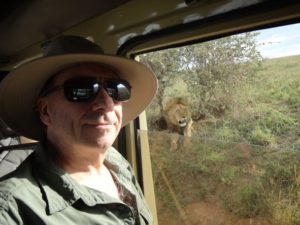 Some followers will recall that my annual travel roundup has been called “
Some followers will recall that my annual travel roundup has been called “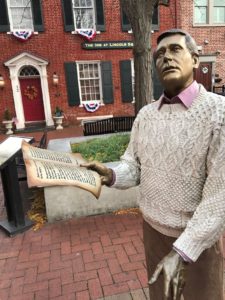 Last year I started off my
Last year I started off my 
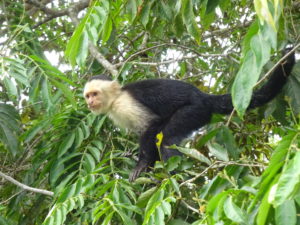 If I could briefly describe 2019 with respect to the year in science traveling it would be – Started with a “C.” Mostly this was in a good way, but unfortunately it also includes cancellation. While I still had a great traveling year, it didn’t go quite the way I expected.
If I could briefly describe 2019 with respect to the year in science traveling it would be – Started with a “C.” Mostly this was in a good way, but unfortunately it also includes cancellation. While I still had a great traveling year, it didn’t go quite the way I expected.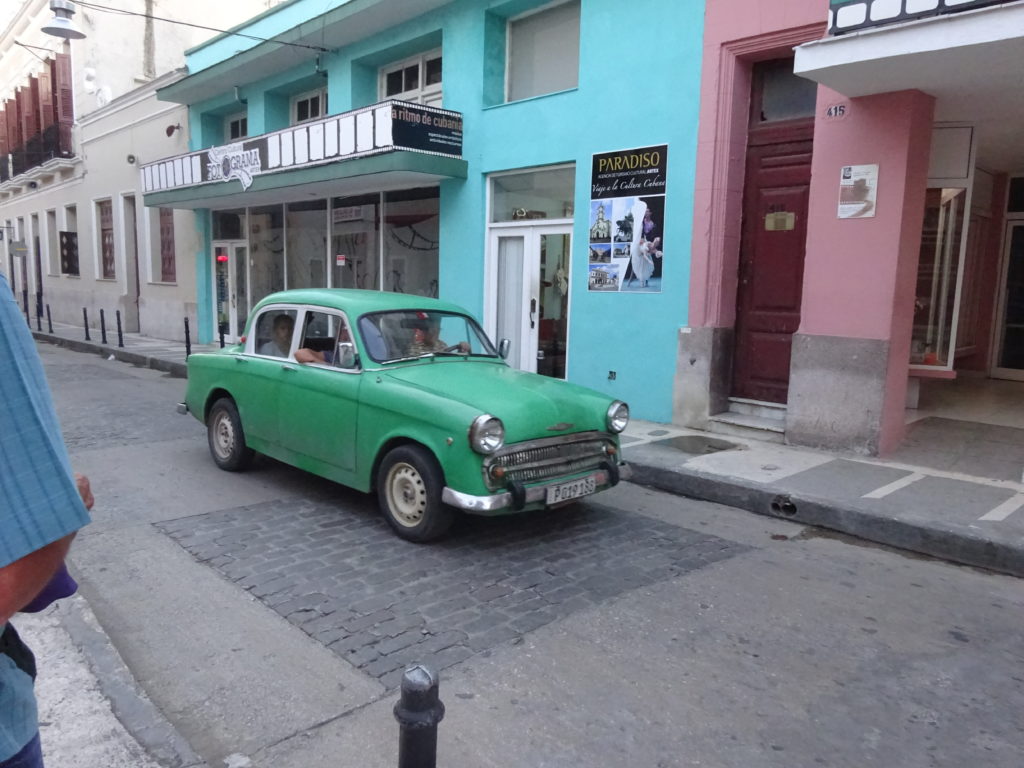
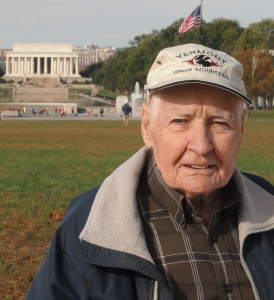
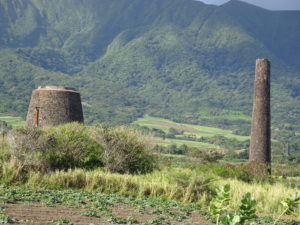 St. Kitts is the larger of two islands that make up the nation of St. Kitts and Nevis. Nevis is most famous for being the birthplace of Alexander Hamilton, the musical about whom I recently saw in Chicago. While St. Kitts is now a tourist mecca, the island is best known for its dominant position in the colonial sugar trade. Lesser known is that St. Kitts also was a major hub in the slave trade.
St. Kitts is the larger of two islands that make up the nation of St. Kitts and Nevis. Nevis is most famous for being the birthplace of Alexander Hamilton, the musical about whom I recently saw in Chicago. While St. Kitts is now a tourist mecca, the island is best known for its dominant position in the colonial sugar trade. Lesser known is that St. Kitts also was a major hub in the slave trade.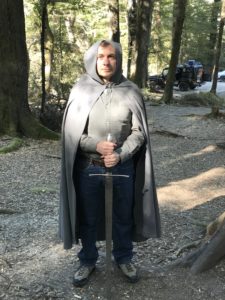 In over
In over 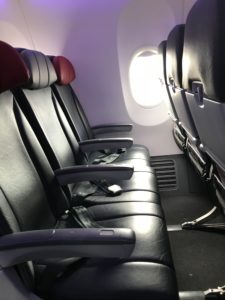
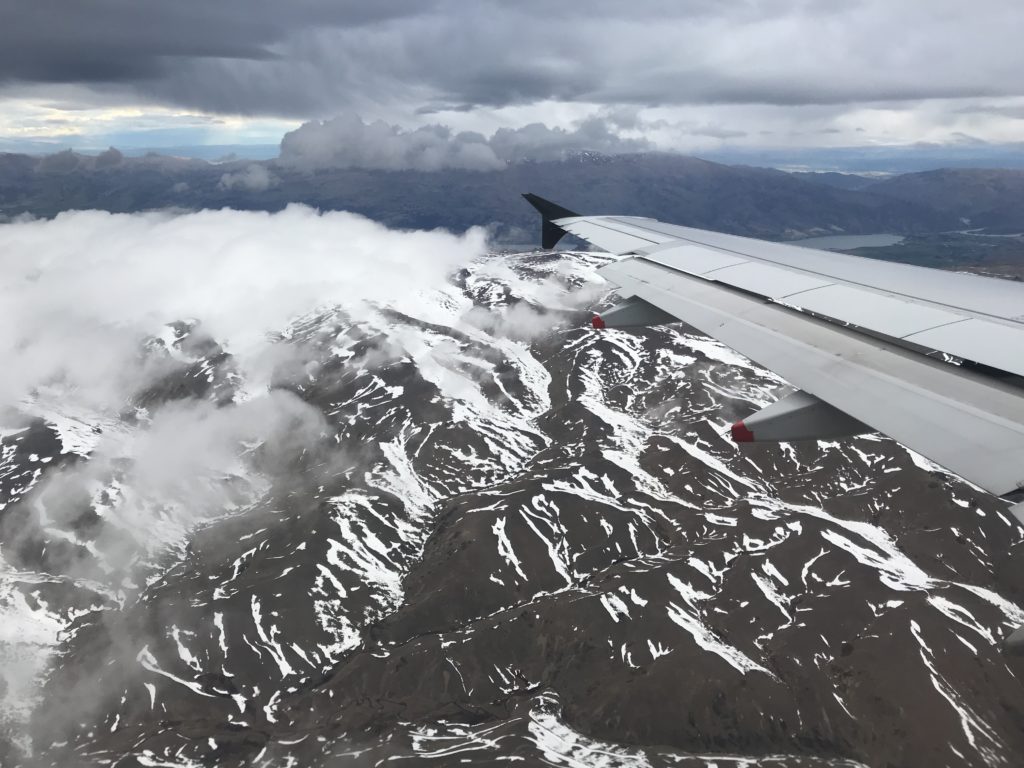
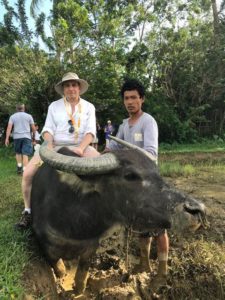 I was traveling. That’s my excuse for being a bit tardy on this wrap of the year in science traveling, 2018. And what a year of traveling it was, with 8 new countries visited, plus a lot of domestic travel. Click on the links for stories about some of the stops.
I was traveling. That’s my excuse for being a bit tardy on this wrap of the year in science traveling, 2018. And what a year of traveling it was, with 8 new countries visited, plus a lot of domestic travel. Click on the links for stories about some of the stops.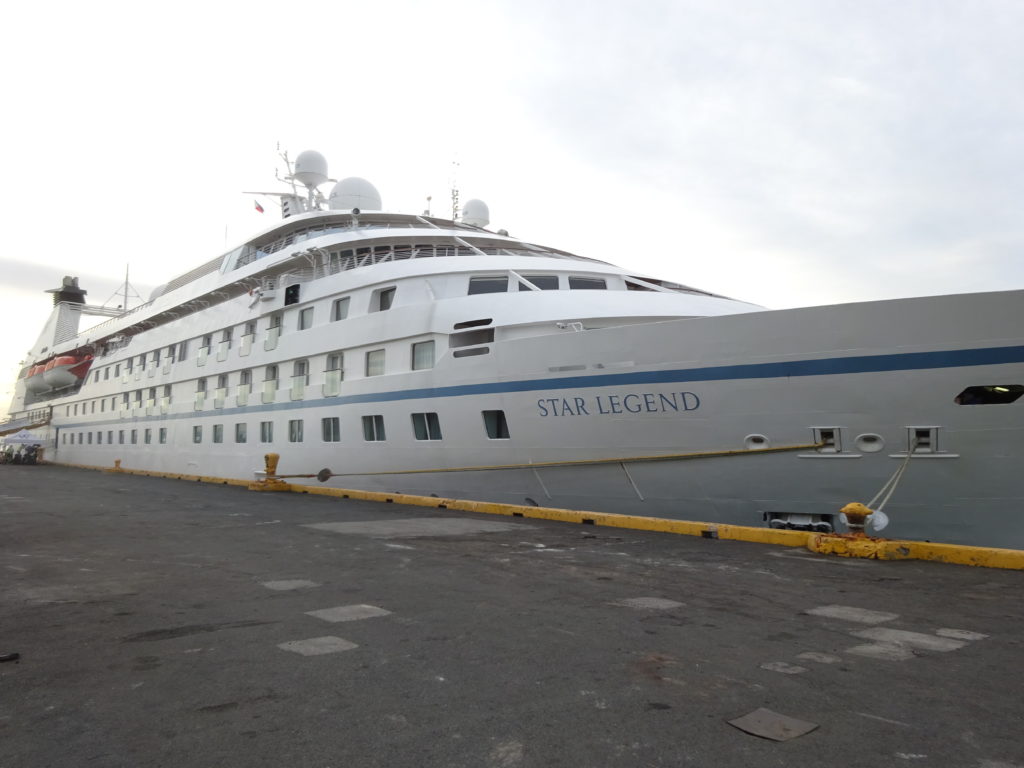 The end of June put me on a
The end of June put me on a  Three days later we flew out to
Three days later we flew out to 

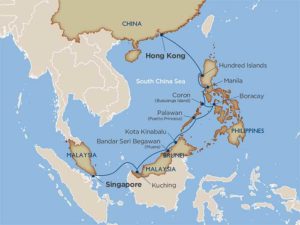 Traveling can take you back in time (as in, history)…or it can take you away in space (as in, geography; so far no actual space travel for me). I’m about to do both.
Traveling can take you back in time (as in, history)…or it can take you away in space (as in, geography; so far no actual space travel for me). I’m about to do both.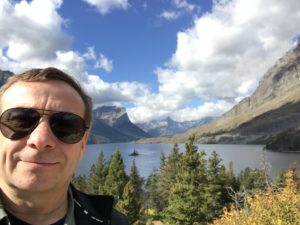 In the last quarter of my most recent 2000 mile road trip we met a lovely couple at a Montana rest stop. Gene and Jacque were sitting in foldable chairs next to their large RV camper when we pulled in to stretch our legs. As we talked about life I realized that very day – September 12th – was the 5-year anniversary of my science traveling life.
In the last quarter of my most recent 2000 mile road trip we met a lovely couple at a Montana rest stop. Gene and Jacque were sitting in foldable chairs next to their large RV camper when we pulled in to stretch our legs. As we talked about life I realized that very day – September 12th – was the 5-year anniversary of my science traveling life.






